|
Yes, I love archeology and ancient history.
On my last vacation, I brought books to read and some drawing materials. One book in particular grabbed me and wouldn't let go; The Sutton Hoo Story by Martin Carver. I felt moved to produce drawings inspired by what I learned and saw. I find myself so fascinated by archeology that, at some point, I may create an entirely new body of work. It's all very speculative, but it is very exciting for me, and I wanted to share it with you now. What is Sutton Hoo? There is a really great movie based on a novel, both called The Dig that dramatizes the excavation of Mound 1, where some of the most impressive and beautiful artifacts ever found in Britain were discovered. But while I like jewels and treasures, it is the dirt and bones that really intrigue me. My first endeavor was a pencil sketch of the remains in burial Mound 17. Among other things, there were caldrons, weapons, a comb, and the remains of a bridle. In another mound close by, his horse was interred, along with a bucket of oats. My next sketch was of another, very different type of grave. After the region had converted to Christianity, this sacred ground, populated with rich burial mounds for esteemed community leaders, was used as a place to execute convicted criminals. A gallows was erected on one of the mounds, and the site is littered with shallow graves of the disgraced and condemned.
It's sad, it's haunting and it's beautiful. The last piece I produced is a pencil sketch of an idea I have brewing in the back of my brain. My impulse is to layer, somehow, images and inspirations from digs. I would like to create drawings of the finds, and layer them with schematic diagrams and maps, along with my imagined scenarios of the people and objects when they were alive and in use. I may need to learn a new medium, such as encaustic, to gain the effect I want. This is a rough idea of what I might do. It is a composite image of things from the famous Mound 1. Below the sketch are images from the book that I have woven into the sketch. Mound 1 was covering a large ship. Within the hull of the ship there was a wooden burial chamber, containing a coffin and body, and many stunningly valuable grave goods. It is one of the most famous archeological finds in history.
I'm really not sure where this is headed. It's very exciting and a little scary.
I will continue with my current series of art based on film noir until it feels right to commence on this new path. Maybe I never will get to it, or maybe I will start next week. Stay tuned.
2 Comments
Michael Mauldin
9/19/2023 04:36:33 pm
Hi Lestie,
Reply
9/20/2023 10:24:57 am
Thanks so much for reading my blog post! It was so great to meet you and Susan at our Cave of Painted Dreams tour. What an amazing experience. I will keep you apprized of how things are going with my new series.
Reply
Leave a Reply. |
Take a Closer Look.
Here is an intimate, in depth glimpse into my thoughts, inspiration and artistic process. Categories
All
Not seeing what you're looking for? My previous blog on blogspot can be found HERE.
|
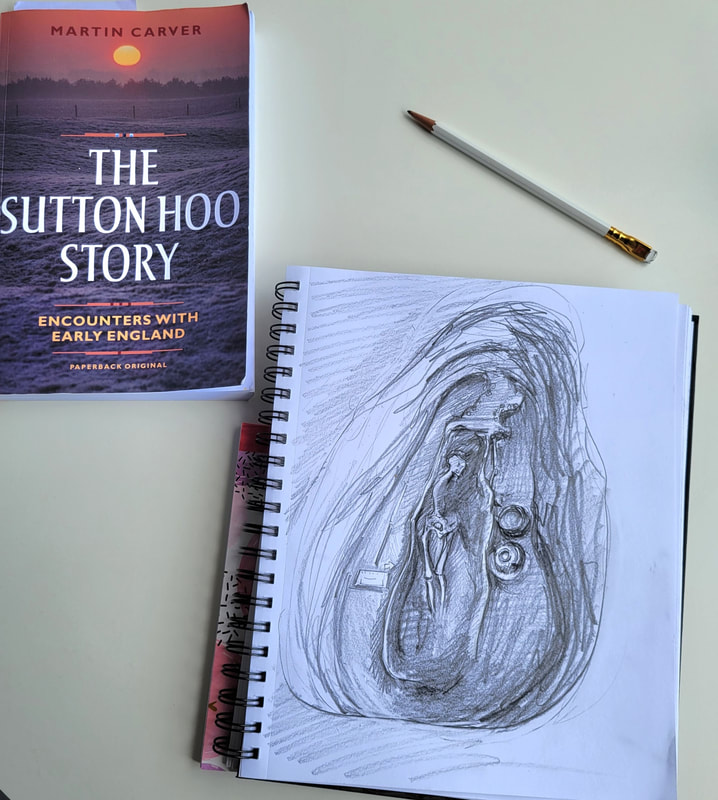
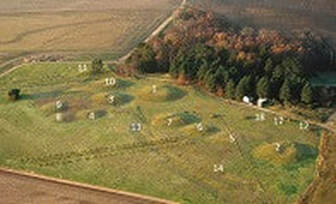
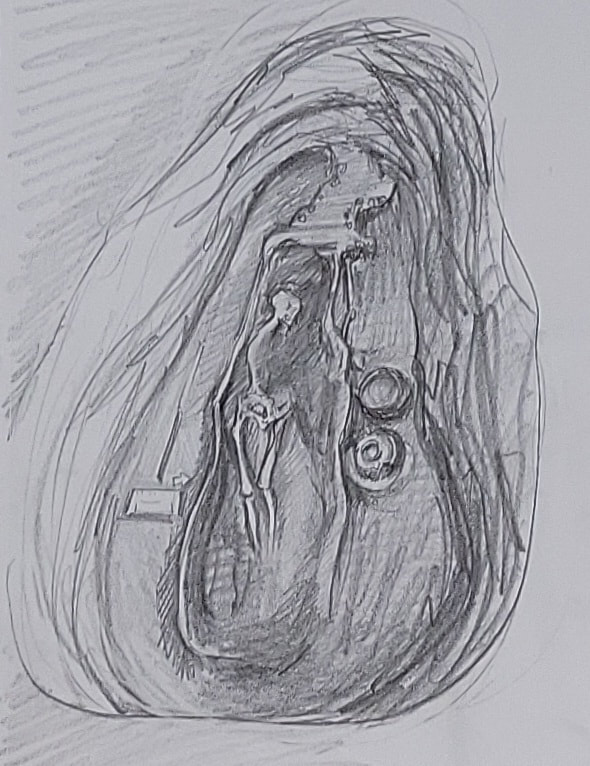
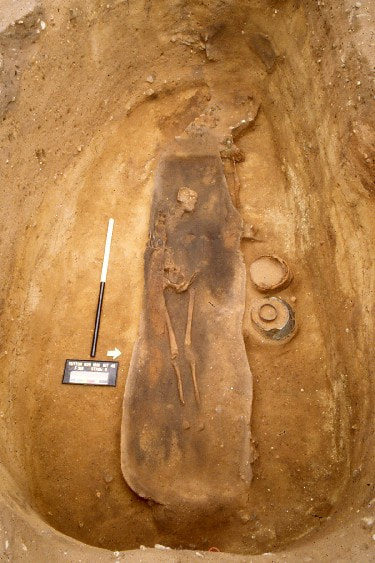
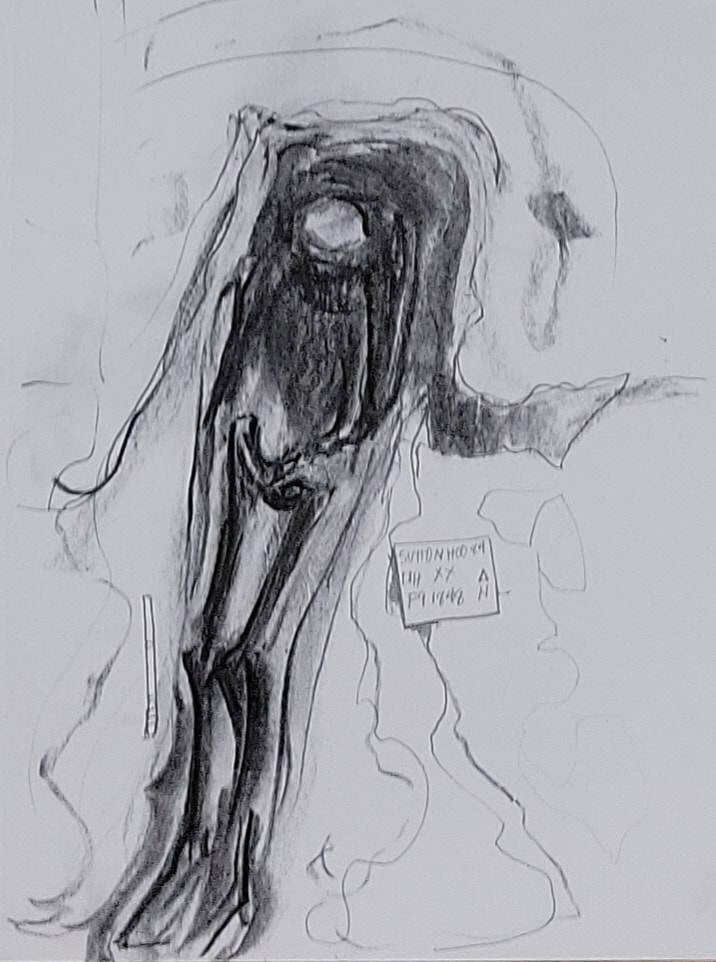
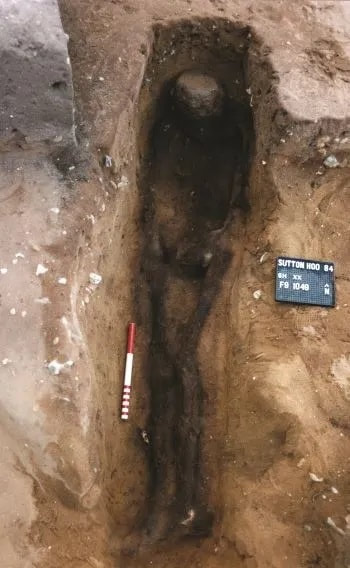
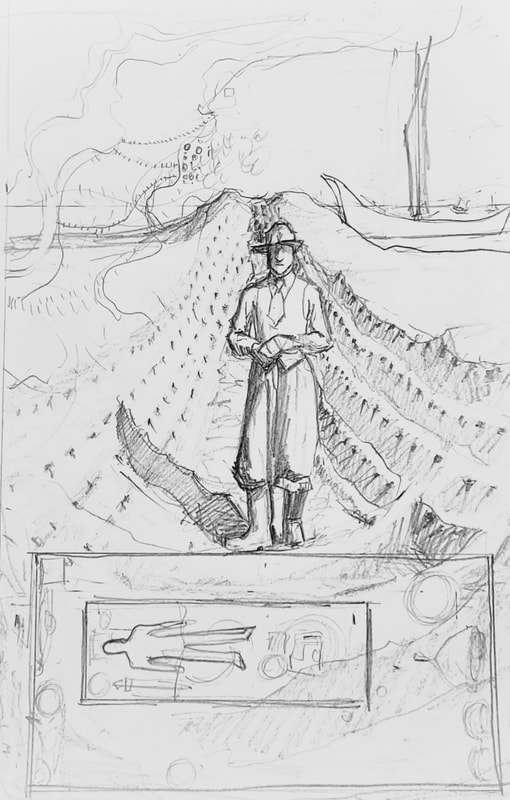
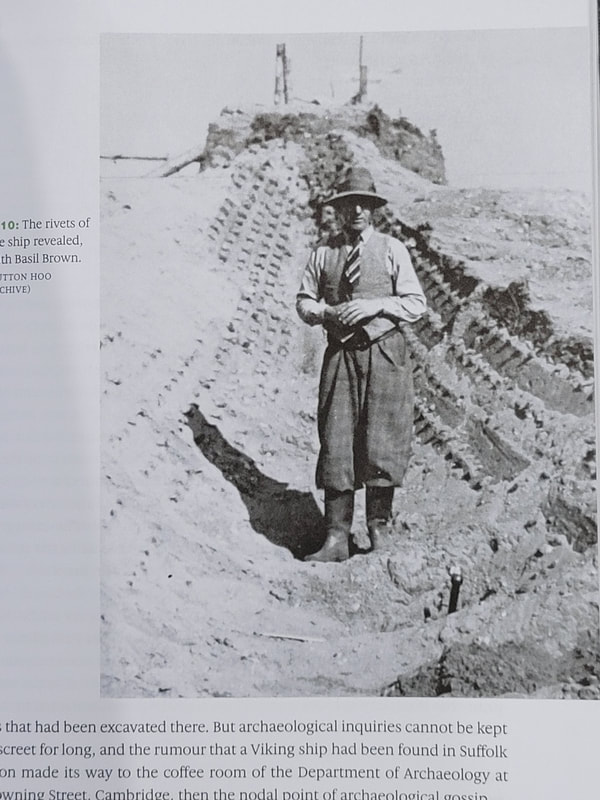
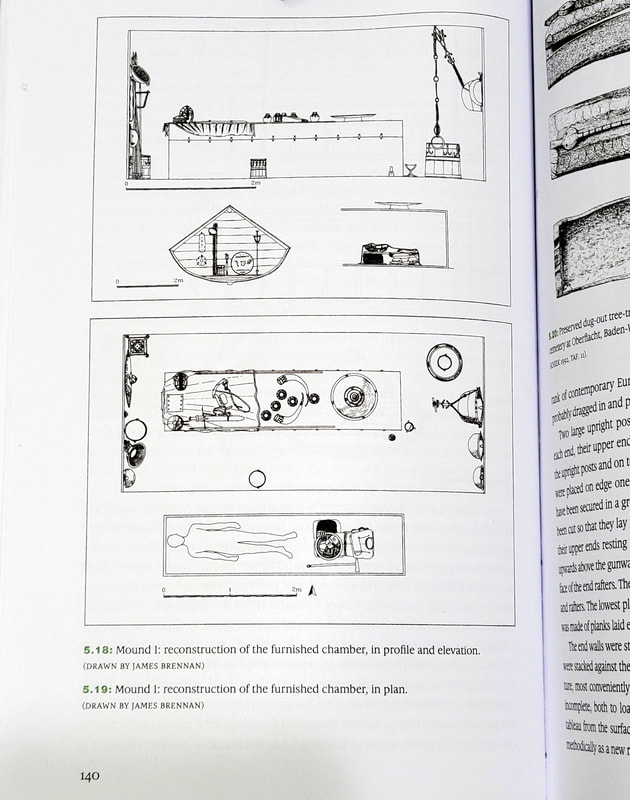
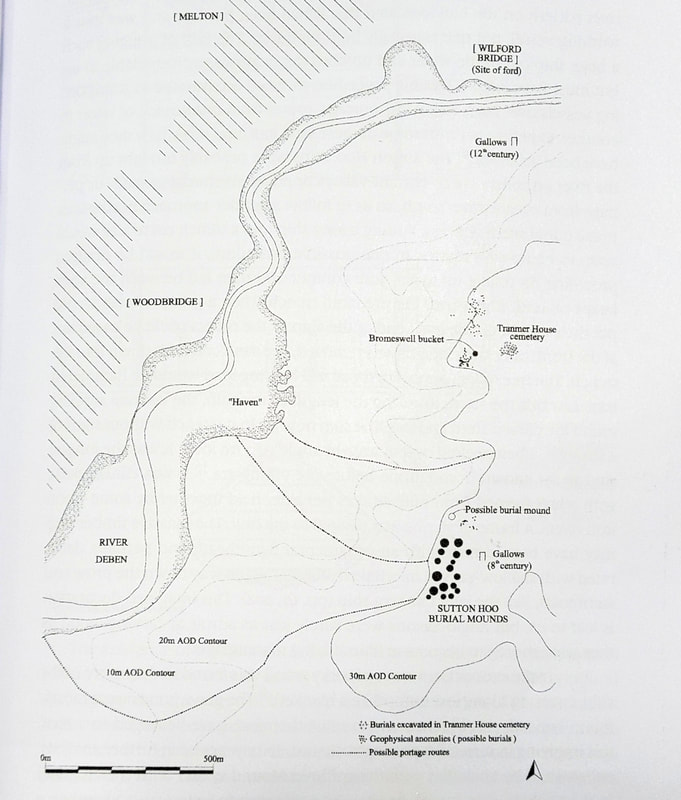
 RSS Feed
RSS Feed